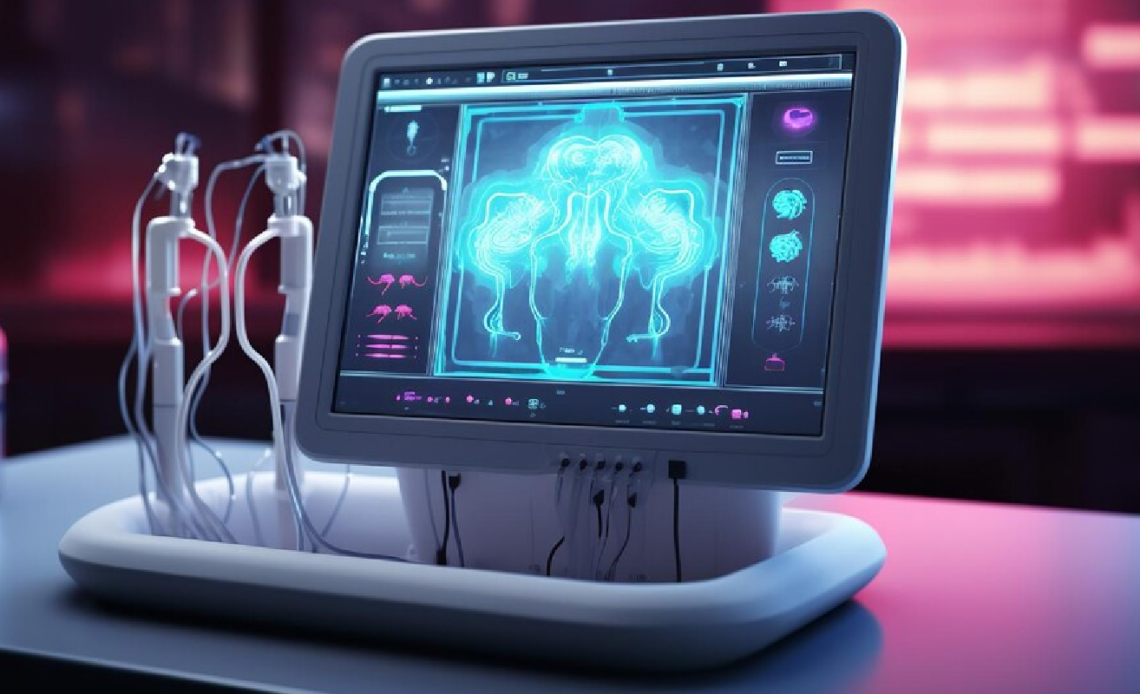In the realm of healthcare, innovation isn’t just a buzzword—it’s a necessity. From medical devices to pharmaceuticals, the industry is constantly seeking ways to improve patient outcomes, streamline processes, and enhance overall efficiency. One powerful tool driving this transformation is 3D modeling. In this blog post, we’ll explore how 3D modeling solutions are revolutionizing product design in the healthcare industry and reshaping the landscape of medical innovation.
Understanding 3D Modeling in Healthcare:
At its core, 3D modeling involves creating digital representations of objects or environments using specialized software. In the healthcare sector, this technology has proven invaluable for a variety of applications, ranging from prototyping medical devices to simulating surgical procedures. By harnessing the power of 3D modeling, healthcare professionals and product designers can visualize concepts, iterate rapidly, and ultimately bring cutting-edge solutions to market faster than ever before.
The Advantages of 3D Modeling Services:
- Precision and Accuracy: One of the primary benefits of 3D modeling in healthcare product design is its ability to create highly detailed and accurate representations. Whether designing intricate surgical instruments or custom implants, 3D modeling allows designers to capture every nuance with precision, ensuring optimal functionality and performance.
- Rapid Prototyping: In the fast-paced world of healthcare innovation, speed is of the essence. Traditional prototyping methods can be time-consuming and costly, often requiring extensive manual labor and multiple iterations. With 3D modeling services, designers can quickly generate virtual prototypes, iterate on designs in real-time, and produce physical prototypes using advanced additive manufacturing techniques such as 3D printing.
- Customization and Personalization: Every patient is unique, and healthcare solutions must reflect this diversity. 3D modeling enables designers to tailor products to individual patient specifications, whether it’s a personalized prosthetic limb or a custom orthopedic implant. By leveraging patient-specific data such as medical scans and biometric measurements, designers can create bespoke solutions that deliver optimal outcomes and improve patient satisfaction.
- Visualization and Simulation: Another key advantage of 3D modeling in healthcare is its ability to visualize complex anatomical structures and simulate medical procedures. Surgeons can use 3D models to plan intricate surgeries, identify potential challenges, and explore different approaches before ever stepping into the operating room. This not only enhances surgical precision but also reduces the risk of complications and improves patient safety.
Case Studies:
- Custom Orthopedic Implants: Traditional orthopedic implants are often limited in their ability to fit patients’ unique anatomies, leading to issues such as discomfort and implant failure. By utilizing 3D modeling services, companies like Materialise have revolutionized the design and manufacturing of orthopedic implants. By precisely matching the implant to the patient’s anatomy, these customized solutions offer improved fit, function, and long-term success rates.
- Surgical Instrumentation: In the field of minimally invasive surgery, precision is paramount. Companies like Stryker have leveraged 3D modeling to develop advanced surgical instruments that enable surgeons to perform complex procedures with greater accuracy and efficiency. By integrating ergonomic design principles and real-time feedback mechanisms, these instruments enhance surgical outcomes while minimizing patient trauma and recovery time.
- Pharmaceutical Packaging: Beyond medical devices and implants, 3D modeling also plays a crucial role in pharmaceutical packaging design. Companies like Pfizer have used 3D modeling services to create innovative packaging solutions that improve drug stability, enhance user experience, and comply with regulatory requirements. By simulating the interaction between packaging materials and pharmaceutical products, designers can optimize packaging designs for safety, efficacy, and patient convenience.
Future Directions and Challenges:
While 3D modeling holds tremendous promise for the healthcare industry, several challenges remain. One key area of concern is data security and patient privacy, particularly when dealing with sensitive medical information. As 3D modeling becomes increasingly integrated into healthcare workflows, robust data encryption and privacy safeguards will be essential to protect patient confidentiality.
Another challenge is the need for interdisciplinary collaboration between designers, engineers, healthcare professionals, and regulatory experts. Successful implementation of 3D modeling solutions requires close coordination across multiple disciplines to ensure that products meet the highest standards of safety, efficacy, and regulatory compliance.
Looking ahead, the future of 3D modeling in healthcare is bright. As technology continues to advance, we can expect to see even more sophisticated applications of 3D modeling, from bioprinting human tissues to virtual reality simulations of medical procedures. By harnessing the full potential of 3D modeling, the healthcare industry can continue to innovate, improve patient outcomes, and shape the future of medicine.
Conclusion:
In conclusion, 3D modeling solutions are revolutionizing product design in the healthcare industry, offering unparalleled precision, customization, and efficiency. From custom orthopedic implants to advanced surgical instrumentation, the impact of 3D modeling on healthcare innovation is profound and far-reaching. By embracing this transformative technology, healthcare professionals and product designers can unlock new possibilities, drive meaningful change, and ultimately improve the lives of patients around the world.



